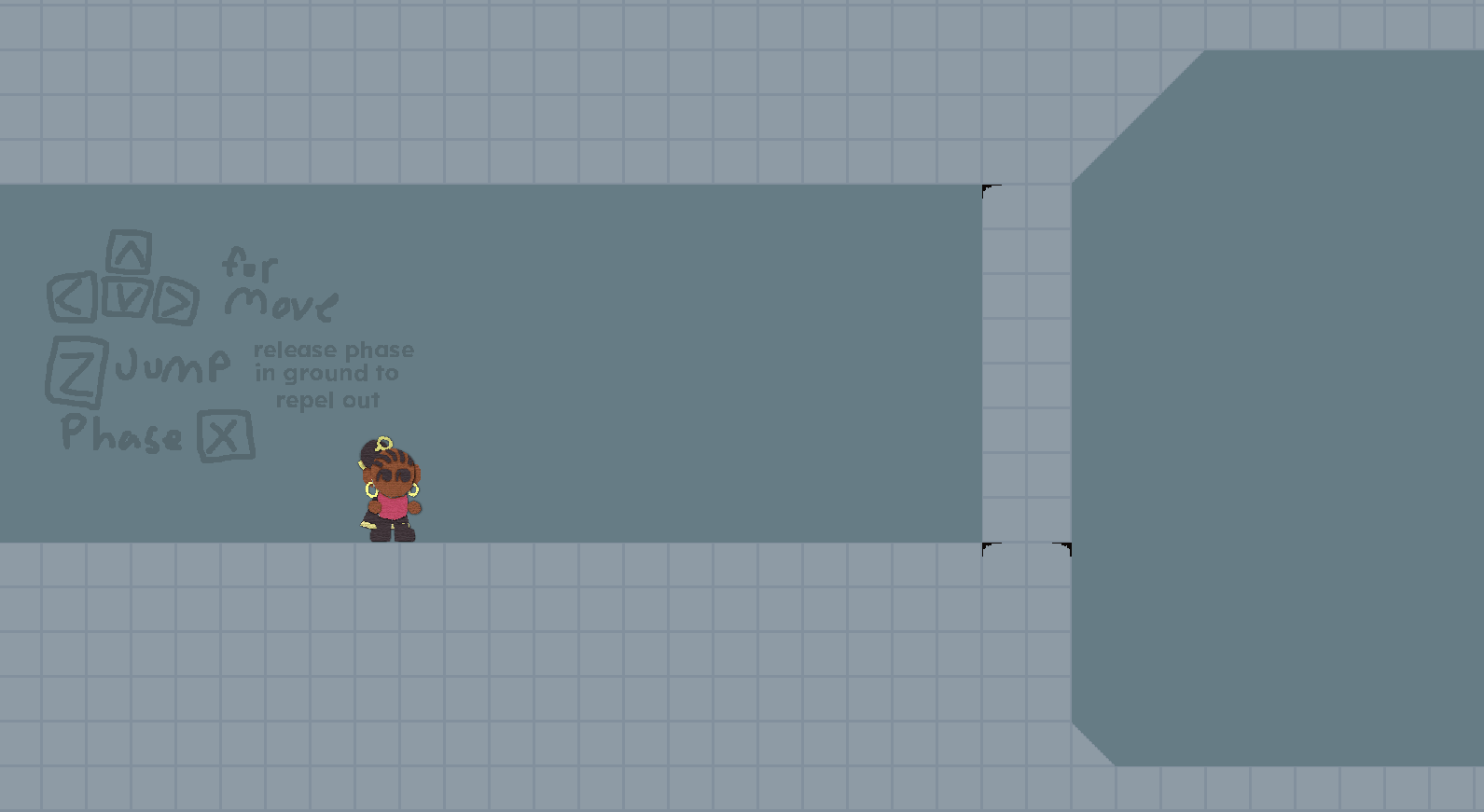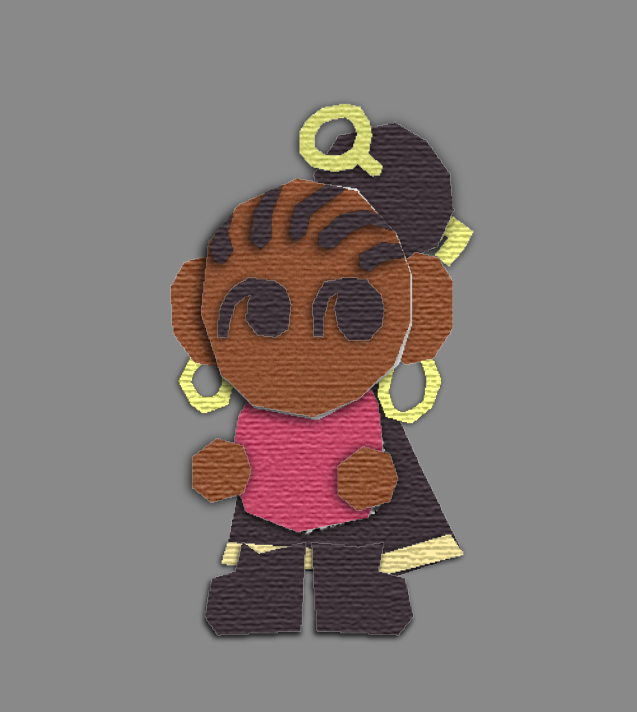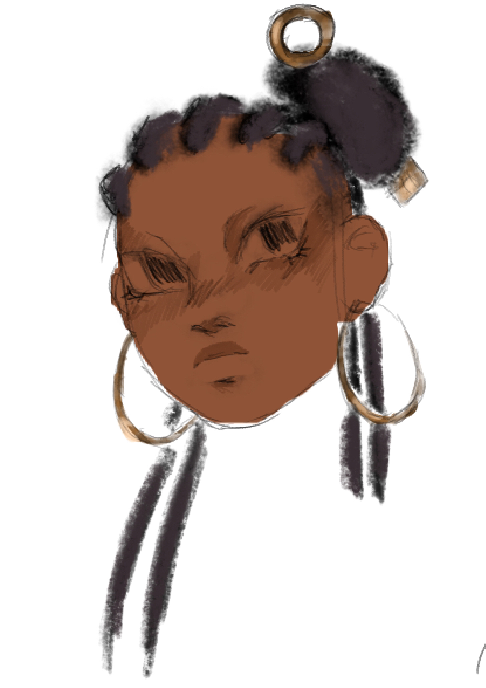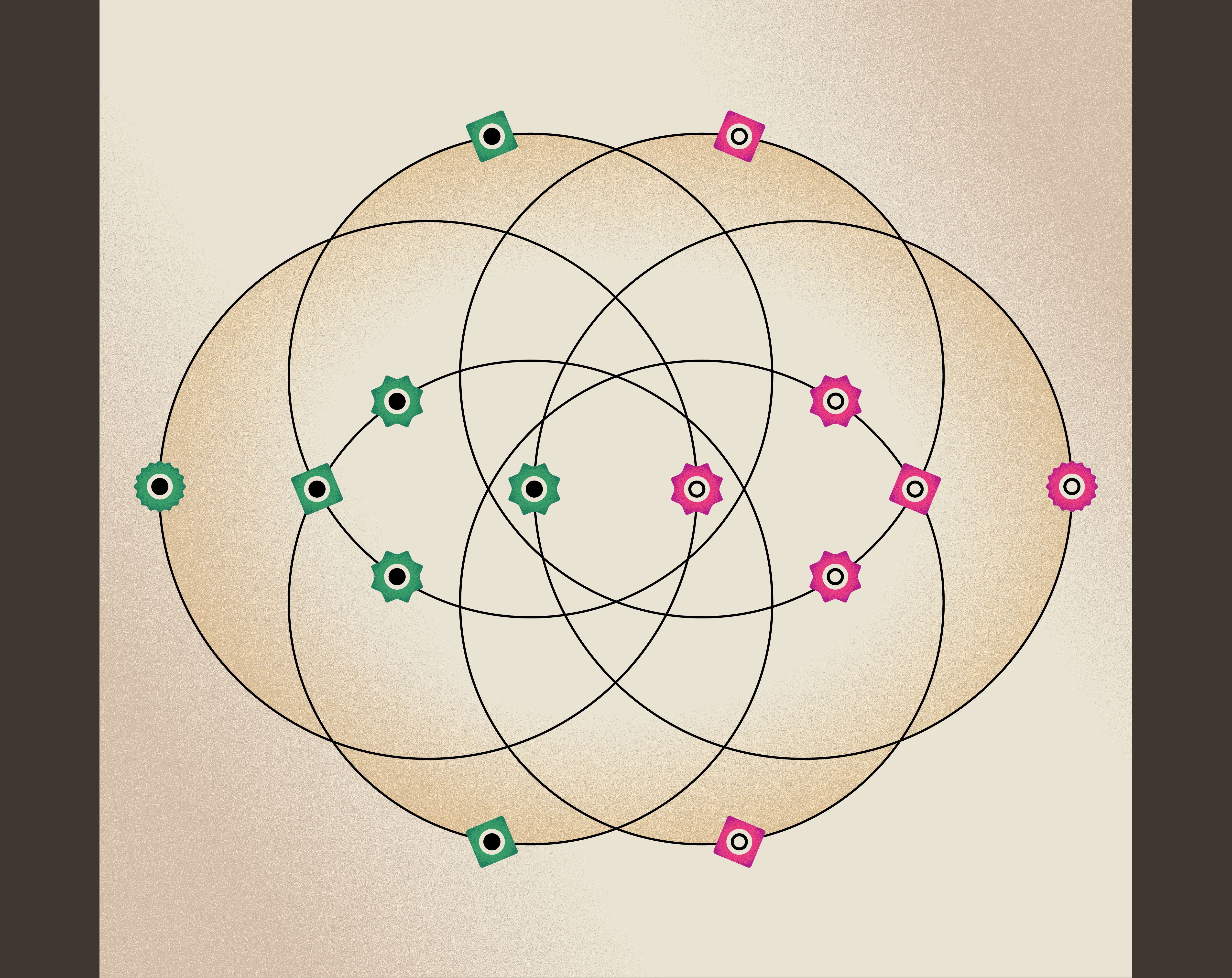Hello, and welcome to my project obituary!
This is a dedicated hub for old prototypes, projects, and games I no feel the desire to work on. 99% of my work is unpublished, so I want somewhere where it's archived and accessible, because I think my ideas are cool, even if they never see the light of day.
I'll periodically update this list with more of my stuff. My total prototype count is somewhere in the 200's so I'll try and sift for only the interesting ones!!
Enjoy!!
Phantom Thief
A platformer about disabling collision to pass through the ground, and re-enabling it to repell out.

I went for a paper vector style, which I think looks really nice. I did it by applying a texturizer effect with a film grain effect on a colored shape in Illustrator. Each piece also has a drop shadow applied, which I now realize I should've just programmed into a shader or something. Also, the main character has a key in her hair, but I'm not sure if that's really clear 😞
If you wanna play the unreleased demo, here you go! Password is 1234

Honestly, I still love everything about this game, and I want to return to it at some point. Level design was really the thing that stopped be from feeling motivated. It's a system that I don't really know how to create for, to be honest. Is it a movement game? Or more puzzle focused? I don't know.
Oh, and also, check out this art of the main character by my bestie brutalyuri! please commission her 🙏🙏

The Parade Game
The Parade Game is an abstract strategy boardgame that emphasizes freedom of movement.

The idea came to me after playing a lengthy chess game with a friend. I noticed that in chess, and other games like it, the pace of the game seems to slow down exponentially, with players being encouraged to play defensive and slow. I wanted to create a game that kept the strategy and positioning aspects of chess intact, while encouraging fast, agressive gameplay. So, I made the parade game!
You can download the unfinished rulebook here, (Password: 1234) but I'll give a brief summary of how to play here:
The board is made up of a series of interconnected circles. These are called "paths." The place where two paths meet is called an "intersection."
On your turn, you can move a piece freely along a path. To change the path a piece is on, move your piece to an intersection. You will be able to chose which path to take next turn.
To win, you must checkmate an opponent's "sixteenth" (the king equivelant) piece.
One of my favourite design choices is the movement of the "sixteenth" piece (the equivelant of the king). It doubles as both the most frail and most powerful piece in the game, as it allows the player to go again if they take a piece with it. This adds a sense of risk/reward. How much danger are you willing to put your lose condition in if it means opening up player defenses? You decide!
The Parade Game was designed to be a defensive game with a completley open board. I wanted to change how players thought about defense and openings by making as much space open as possible. That's why it's named after a parade! The freeflowing movement reminded me of dancing. The rules were designed to allow for the creation of multiple different boards. I wanted to add ways players could customize the game without bucking the rules entirely. Honestly, I still think this is one of my coolest works. The only reason it remained unreleased was because of a lack of motivation from me to playtest with others, which meant I couldn't patch up glaring flaws in the game.